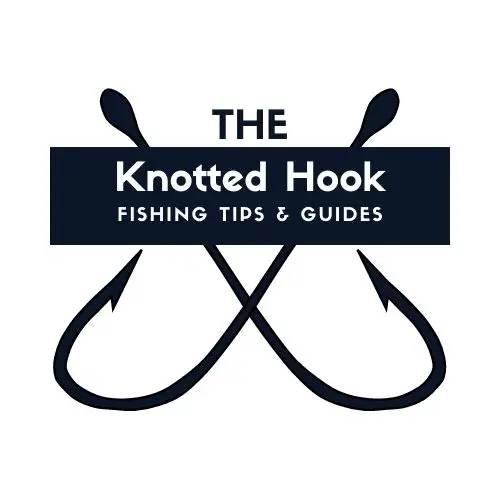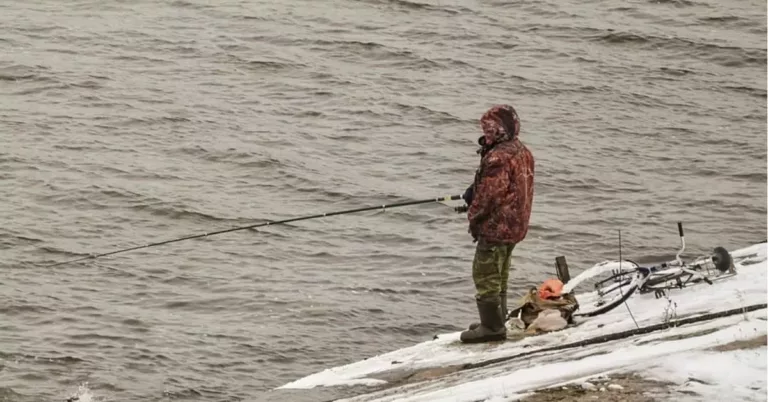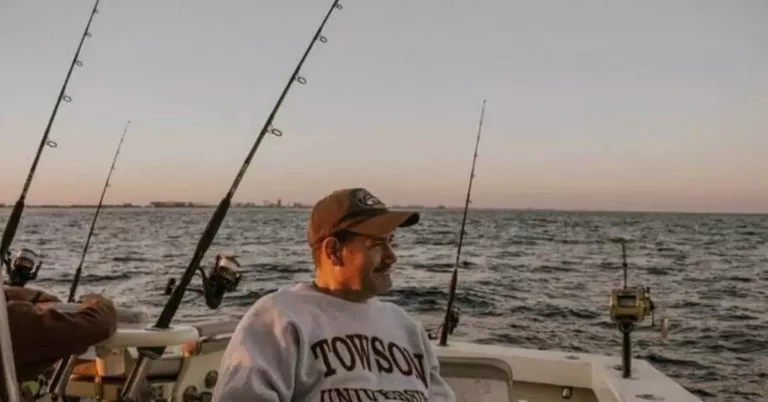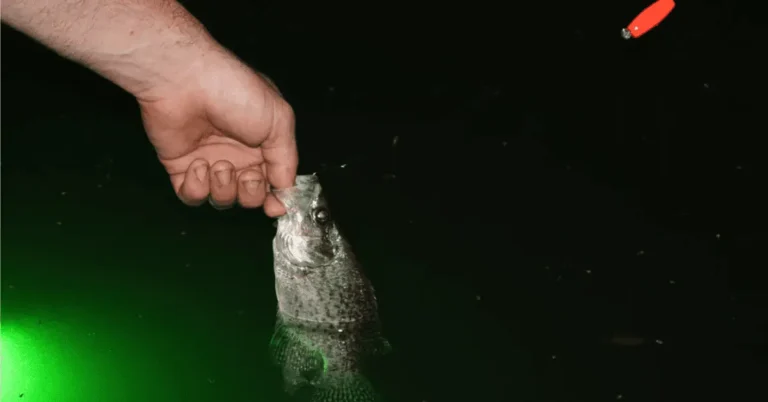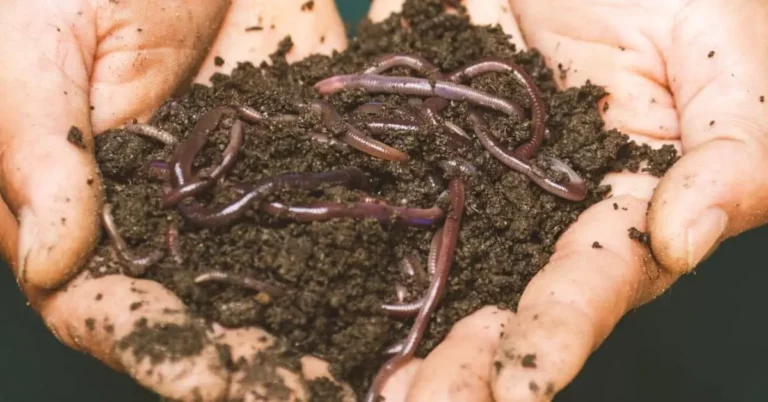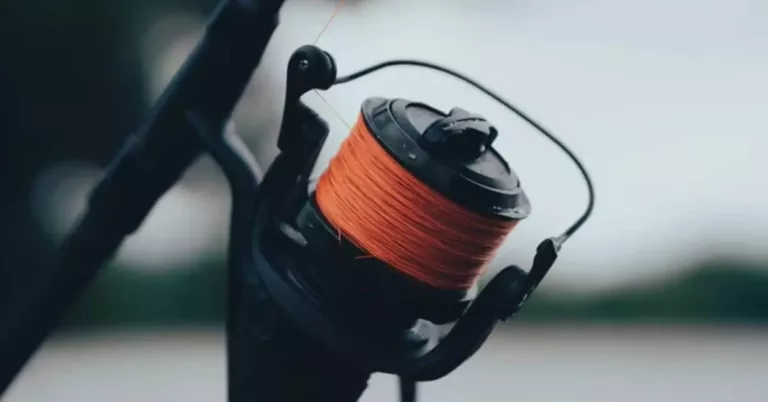Using a Slip Float for Crappie Fishing
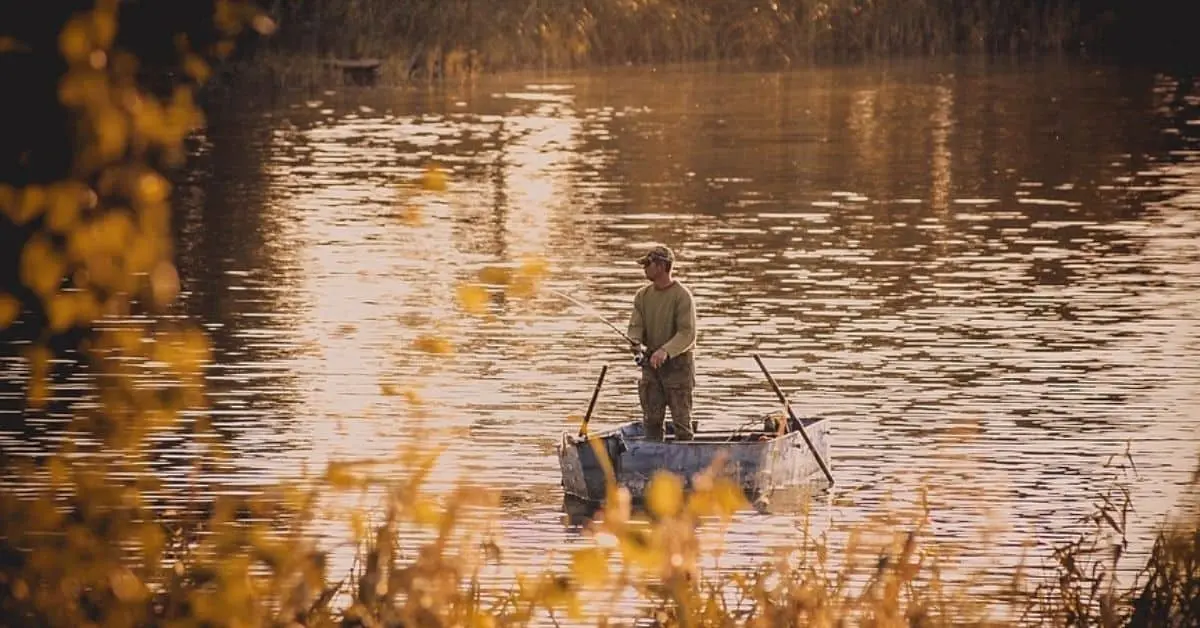
If you have been fishing more than a time or two then you know how useful floats can be in certain styles of fishing.
However, a basic float setup that uses a stationary bobber or float can pose some difficulties when trying to fish at deeper depths.
With a basic float rig, you have to set the depth before you cast. When fishing at depths greater than a few feet you now have to deal with the length of the line equal to the depth you wish to fish at hanging from the end of your rod.
This becomes more of an issue if you are fishing at say 6 feet or more of depth and hook a fish. Now you cannot reel your line in that last 6 feet because the float is hitting the tip of the rod.
A simple solution to this is the use of a slip float. Swapping out a stationary float for a slip float allows for more versatility in the depths that you are able to fish. For a detailed guide on setting up slip floats and the equipment you need check out this article.
How Using a Slip Float for Crappie Can Improve Your Results
When crappie fishing it is important to present the bait at the correct depths depending on the time of year and habits of the crappie. While this can be done with a basic float setup it is far easier to do so using slip floats.
This becomes even more important in the summer months when it is not uncommon for crappie to hold at depths from 8 to 20 feet depending on water conditions.
The use of a slip float will allow you to target depths from a few inches to as much as 30 feet or more should you wish to do so. This is without the drawback of that pesky line tail once your float hits the tip of the rod.
A slip float also allows a more compact casting group and will enable you to make more accurate casts to properly position your bait over those underwater structures that the crappie are holding on to.
Finally, a slip float makes retrieving the fish easier as the float will travel all the way down the line to the hook as you reel the fish in allowing you to land the fish without having to struggle with a long line when reeling is complete.
How to Use a Slip Float for Crappie Fishing
When setting up for crappie fishing you have two main options for your slip float. You can either fix the stop in place or use a moveable stopper.
A fixed stopper will require you to select a depth and then stick with it as that depth cannot be changed without retying the tackle on the line. A moveable stopper allows you to adjust the stopper and continue fishing at a different depth.
That would make it seem then that the moveable stopper is the way to go right? Well, it is not as simple as that, a moveable stopped can move on its own, and without your realizing it changes the depths your at so you have to look out for that.
Even with that in mind, I still prefer a movable stopper in most cases. The only time I will use a fixed setup is when I have located the fish and happen to break a line due to a snag or some other reason.
Setting up a Moveable Slip Float for Crappie
Setting up a slip bobber is fairly simple. First, thread a bobber stop onto the line by placing the line through the black tube.
Then slide the fluorescent line off of the tube and tighten up the knot. This will cinch it down onto your line. Trim off the excess colored tails from the knot.
Thread one of the colored beads onto the line as a buffer and then your slip float and finally your hook.
With the exception of your split shot, this completes the setup of your rig. When using slip floats I normally affix the split shot about six inches from my hook. You can also add a barrel swivel if you choose before the split shot.
This setup allows me a casting group of under 12 inches for excellent targeting ability.
If you decide you need to change the depth you are fishing grasp the fishing line either above or below your fluorescent knot and slide the knot to the depth you wish.
Setting up a Fixed Slip Float for Crappie
Much the same as before, the main difference here is instead of using an external knot tied to your line, you are going to either tie a not in the line yourself, use a swivel at the desired depth or tie a separate leader which contains the slip float onto the line.
These have some drawbacks compared to the moveable slip float though.
Tying a knot directly in your line in order to prevent the slip float from passing it will work, however, this places a weak point in the line right where the knot is. This could lead to breakage in the case of a snag or large fish.
Using a swivel could cause the line to snag when going through the eyelets on your rod or could become tangled in the reel itself depending on the size of the spool.
Using a leader is probably the safest bet, however, if the leader contains all of the parts of the slip float set up then you are back to dealing with that excessive tail should you choose to fish at any significant depths.
Conclusion on Using a Slip Float for Crappie
The use of a slip float setup is an excellent way to reach those deeper summertime crappies without risking the tangles common in a basic float setup.
A slip float rig is a relatively simple setup that anyone can learn to tie and it is sure to improve your odds when fishing at any significant depths.
If fishing with a slip float isn’t your style, perhaps you prefer to troll for crappie or jig for them around underwater structures. Both are popular options and can add up to you catching your limit on your next trip out.
